TTAC At The Movies: The Fate Of The Furious

Welcome back, my friends, to the show that never ends. The Fate Of The Furious is the eighth installment in what has become a surprisingly important cultural touchstone for an entire generation. With its lack of reliance on old comic books and/or Nicholas Sparks novels, the Fast/Furious saga probably ranks as the closest thing to original, innovative storytelling on the modern silver screen. That’s depressing, because you don’t exactly have to be Joseph Campbell to spot the multiple debts these films owe to everything from Henry James to James Bond.
In my previous reviews of installments five and six, I suggested the odd-numbered movies tend to be better than you’d expect, and the even-numbered ones tend to be worse. The Fate Of The Furious is in no danger of breaking this pattern; it’s a by-the-numbers action flick, half-hearted both in the sense that it’s missing Paul Walker and that it often feels like everybody involved is simply grinding out a paycheck. It’s very far from the worst episode in the series; that would be either the cartoonish 2Fast2Furious or the confusing, needlessly dark fourth film.
The irony, if you can use “irony” within shouting distance of a flick where a Russian nuclear submarine engages in battle with an all-wheel drive, Chevrolet powered, bulletproof Seventies Charger, is that Fate Of The Furious owes both its best and worst moments to the strength of a particular idea, one that has been at the heart of these movies since the very beginning.
(Mild spoilers ahead)
The usually insightful folks at TV Tropes call it the Heel-Face Turn, a term that comes from the storylines written for pro wrestling. In the Heel-Face Turn, a bad guy turns out to be a good guy after all, often as a result of a conscious choice but occasionally because he was a good guy all along. This idea of redemption is critical to both the first and third movies in the series, both of which feature an impressionable young man who discovers the humane, admirable side of a criminal. Fast Five expands on this by having a federal law enforcement officer decide to join the “team.”
The concept of Heel-Face Turn eventually expands to encompass Dominic Toretto’s entire “family,” which in the sixth film becomes a sort of automotive-enthusiast strike team saving the world from nuclear holocaust. In Furious 7, Jason Statham appears as a vengeful James Bond type who kills Han and nearly takes out everybody else — which means he’s ripe for a Heel-Face Turn of his own. That’s what he gets in this new film. It turns out that he was really a good guy working under very deep cover. Naturally, he fits right in with the rest of the team, despite the fact that he’d killed somebody who was very important to all of them.
If Statham’s character is now a good guy, who is the bad guy? The answer appears to be Dominic Toretto himself, who “goes rogue” under the influence of the evil cyber-terrorist “Cipher.” Those of you with functioning frontal lobes and a taste for movie popcorn will recall that “Cipher” is the English translation of “Le Chiffre,” which should serve as a final Hollywood-sign-sized notification that we are essentially in a secret-agent movie. Toretto’s actions seem impossible to explain, but seasoned Furious-watchers will immediately guess that Toretto has good reasons for what he is doing, and they probably involve family.
This could have been a much better movie if Vin Diesel and his sock-puppet useful idiot of a director, F. Gary Gray, had possessed the moral courage to let Dominic Toretto be a slightly more complex character for even half an hour. Too bad. If you want subtlety, watch The Piano. Instead, we get Charlize Theron as a screeching would-be scene-chewer of a villainess. Just a few moments of her antics made this author wistful for Jonathan Price’s widely despised appearance as media mogul Elliot Carver in The World Is Not Enough. Ms. Theron has not improved as an actress since Reindeer Games, and she no longer has youth or gratuitous toplessness on her side. The fact that her head-honcho mook is most famous for being the “Wyndham Rewards” guy doesn’t help things much.
Every time this movie has a chance to be brave or even interesting, it steps carefully back from the precipice and keeps its mind on its money. It’s a shame because the first and third installments derived most of their interest from moral ambiguity. But that was then and this is now and everybody has their franchise characters to protect. On the positive side, I don’t think you can come up with another series of movies that treats so many ethnic groups with respect and affection as the Furious films do. The core actors in this movie range from lily-white to Hispanic to African-American to Asian, with plenty of bi-and-tri-racial people in-between, yet the interaction between these different people rarely feels forced or unlikely. It’s a seductive vision of the post-racial future, where blue-eyed blond men work side-by-side with Samoans and Chinese and Latinas and black British girls. This diversity is reflected in the audience and has been from the very first film.
Naturally, much of that audience is more concerned with the cars and the action and the pyrotechnics than they are with nuance or character. So the movie dutifully hits all the expected notes: beauty shots of the Dodge Demon, dozens of exotic cars and pro-touring specials, various Bond-style weapons and stunts. The amount of hand-waving that occurs to explain why the “team” needs to have cars appear from nowhere for every set piece is enough to cause a mild breeze in the theater, but so what? That’s all part of the fun.
When this series is at its best, it is capable of some surprising moments: Ted Levine’s short speech to Paul Walker about “all kinds of family,” the dreamlike street-crossing scene in Tokyo Drift, Vin Diesel’s sad smile when he says, “I remember everything about my father.” But when it’s on autopilot, you get a lot of CGI shots of jumping cars and some half-hearted banter between Ludacris and Tyrese. The Fate Of The Furious is on autopilot, for better or worse. There’s plenty of room left in the plot, and the franchise, for another episode — and after the half-billion-dollar opening weekend, there’s obviously more than enough gas left in this tank to keep going.

More by Jack Baruth
Latest Car Reviews
Read moreLatest Product Reviews
Read moreRecent Comments
- Kjhkjlhkjhkljh kljhjkhjklhkjh A prelude is a bad idea. There is already Acura with all the weird sport trims. This will not make back it's R&D money.
- Analoggrotto I don't see a red car here, how blazing stupid are you people?
- Redapple2 Love the wheels
- Redapple2 Good luck to them. They used to make great cars. 510. 240Z, Sentra SE-R. Maxima. Frontier.
- Joe65688619 Under Ghosn they went through the same short-term bottom-line thinking that GM did in the 80s/90s, and they have not recovered say, to their heyday in the 50s and 60s in terms of market share and innovation. Poor design decisions (a CVT in their front-wheel drive "4-Door Sports Car", model overlap in a poorly performing segment (they never needed the Altima AND the Maxima...what they needed was one vehicle with different drivetrain, including hybrid, to compete with the Accord/Camry, and decontenting their vehicles: My 2012 QX56 (I know, not a Nissan, but the same holds for the Armada) had power rear windows in the cargo area that could vent, a glass hatch on the back door that could be opened separate from the whole liftgate (in such a tall vehicle, kinda essential if you have it in a garage and want to load the trunk without having to open the garage door to make room for the lift gate), a nice driver's side folding armrest, and a few other quality-of-life details absent from my 2018 QX80. In a competitive market this attention to detai is can be the differentiator that sell cars. Now they are caught in the middle of the market, competing more with Hyundai and Kia and selling discounted vehicles near the same price points, but losing money on them. They invested also invested a lot in niche platforms. The Leaf was one of the first full EVs, but never really evolved. They misjudged the market - luxury EVs are selling, small budget models not so much. Variable compression engines offering little in terms of real-world power or tech, let a lot of complexity that is leading to higher failure rates. Aside from the Z and GT-R (low volume models), not much forced induction (whether your a fan or not, look at what Honda did with the CR-V and Acura RDX - same chassis, slap a turbo on it, make it nicer inside, and now you can sell it as a semi-premium brand with higher markup). That said, I do believe they retain the technical and engineering capability to do far better. About time management realized they need to make smarter investments and understand their markets better.

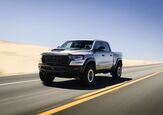
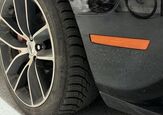

















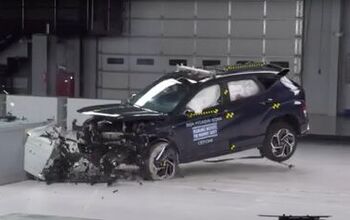
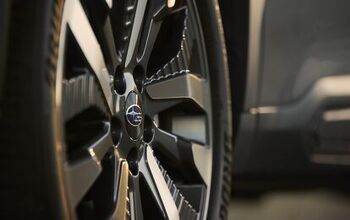
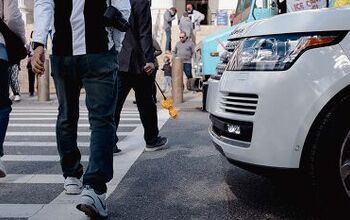

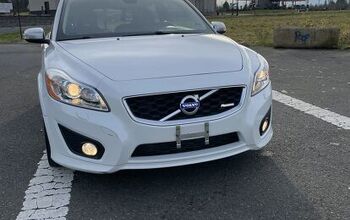
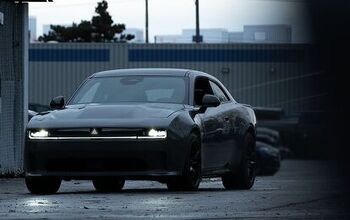
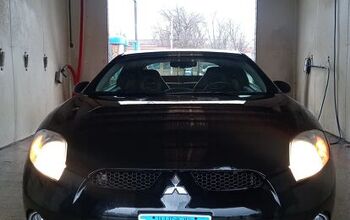

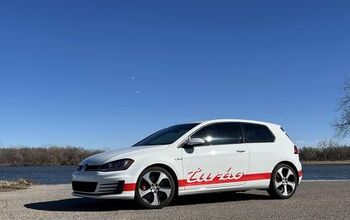

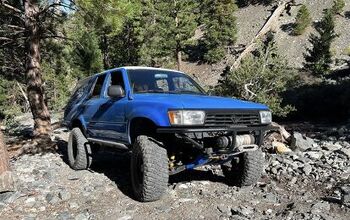
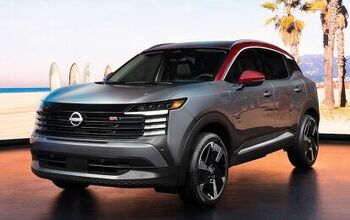
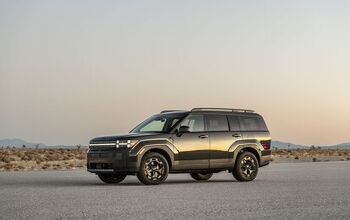

Comments
Join the conversation
The best installment never got a release.... Youtube 3Fast33urious. "You better just drive"
After seeing the first forgetful F&F movie, and any other Vin Diesel movies, I couldn't care less if all of them fell off the planet and burned up in the sun. They all suck wood.